How many of these do you have scattered around your house? Would you like to free up your outlets but still have the functionality of a night light that only turns on when it’s dark? Me too, that’s why I helped fund the wildly successful SnapRays Kickstarter project earlier this year. I was very excited when my package arrived yesterday with 3 SnapRays Guidelights and I wasted no time installing my first one. Let me show you.
Note: Images can be clicked to view a larger size.
The Snap Power SnapRay Guidelight has a perfect design because it is the exact size of a regular plastic outlet cover plate, which makes installation quick and easy. They are available in the double duplex style like you see above, as well as decor (one rectangular opening) style. They come in either white, almond or ivory. I chose almond to match the existing outlet cover plates in my house. Note: The Guidelight is not compatible with GFCI (ground fault circuit interrupter) outlets. Those are the types of outlets normally found in kitchens and bathrooms of newer homes.
Most people wouldn’t even guess that the SnapRay is anything special / different just by looking at it from the front.
But when you flip it over you’ll notice two wings sticking out of it. These are the prongs that will make electrical contact with the existing terminals in your outlet box to power the LEDs built into the SnapRay cover plate.
One edge of the SnapRay has a photo sensor and 3 LEDs. If it’s dark, the photo sensor tells the LEDs to turn on and when it’s light again, the photo sensor turns the LEDs off. Simple. And best of all, the SnapRays Guidelight does not require batteries because it is “stealing” power from your outlet.
To install it, first you choose an existing outlet and remove the cover plate by unscrewing the screw in the center of the plate.
The instruction sheet also advises you to turn off the power, which I didn’t do because I am a DIY rebel 😉
Once the old cover plate is off, the only thing you have to do is check the orientation of the outlets. If they are oriented like you see above, then you install the SnapRays cover plate with the LEDs facing down. If the outlets are turned the opposite direction, you install the SnapRays with the LEDs facing up.
I slid the SnapRays cover over the exposed outlet and then held my finger over the photo sensor to turn on the LEDs. Nothing happened. So I grabbed the instruction sheet to see if I could figure out what I had done wrong. The troubleshooting guide helped me zero in on the problem in just a few seconds.
When my basement was remodeled a few years ago, the electrician wrapped electrical tape around the outlet. You can see it in the image above. I hadn’t noticed it when I installed the SnapRays Guidelight. Since the prongs on the SnapRays were touching the tape instead of the terminals, power was not getting to the LEDs. Darn it! I could have pulled out the outlet and removed the tape, but I decided to head upstairs and try another outlet.
The next one I tried in the bathroom did not have any tape and in less than 5 minutes the SnapRays Guidelight was installed.
Looks like an ordinary outlet cover plate by day…
But when the room is dark, three white LEDs immediately turn on and illuminate the area. I played around flipping the lights on and off to see if there was any lag with the Guidelight sensing light or lack of light. I’m happy to say that it works great and there is no lag.
The light from the Guidelight is bright, almost a little too bright for a quick trip to the bathroom in the middle of the night. I’m considering taking a red marker and coloring over the LEDs so that the light won’t mess with sleep patterns.
The Snap Power website says that the SnapRays Guidelight only draws about 5 milliamps of power and costs around 5 cents of power per year given current power rates. I’m not sure how many hours of use per day they used in their calculations, but I think I can handle a paying a nickel or even 1 dollar per year for the 3 SnapRays that I have installed. The Guidelight in the bathroom tends to stay on most of the time because there are no windows in that room. It will be interesting to see how well this product lasts over time.
I really like the SnapRays Guidelights. They are quick to install and look very inconspicuous. And once they are installed, you don’t have to do anything else. Simple things that work well make me happy.
Updates 03/01/16
I’m still enjoying the Guidelights. I have one in my bathroom which provides just the right amount of light for me to see if I need to get up in the middle of the night. The same goes for the one in my kitchen. I love these built-in lights because they don’t take up extra space and I never have to worry about replacing the batteries.
Updates 06/04/17
Another year has gone by and after almost 3 years of use, the Guidelights are still working perfectly. I really like the fact that they are an easy to install night light that doesn’t have a bulb that will burn out, doesn’t use an outlet, and doesn’t have batteries that need to be charged or replaced.
Updates 05/24/19
Two more years have gone by and yes, the Guidelights are still going strong. We actually gutted and remodeled our bathroom several months ago and I made sure to save the Guidelight so I could install it again because I like having a night light in the bathroom. Love this product and plan to keep using it for as long as it continues to work.
Source: I purchased the Snap Power SnapRays Guidelights for my own use and this review and Amazon to order.
INIU Mini Portable Charger, Small 45W PD Power Bank, 10000mAh USB C in&Out Fast Charging Pocket Size Battery Pack, Travel Essentials Powerbank for iPhone 17 16 15 14 Pro Air, Xiaomi, Samsung S24 etc
32% OffANDERY Car Phone Holder for Magsafe [78+LBS Strongest Suction & 2400gf Magnetic] 360° Adjustable Car Phone Mount, Phone Holders for Your Car for iPhone 17 Pro Max 16 15 14 13 12 Air Plus, Carbon Fiber
40% OffProduct Information
| Price: | $15 for 1 SnapRay up to $120 for a package of 10 |
| Manufacturer: | Snap Power |
| Retailer: | Amazon |
| Requirements: |
|
| Pros: |
|
| Cons: |
|

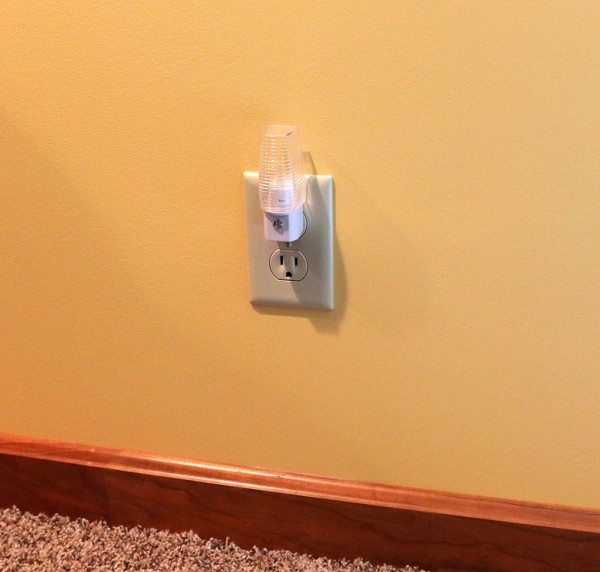
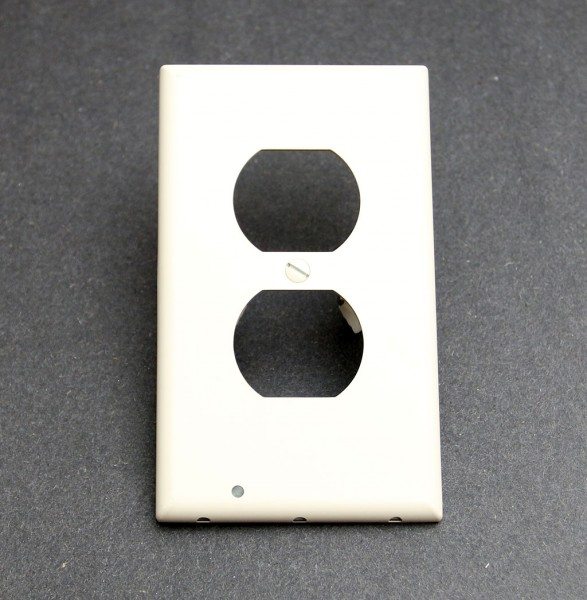
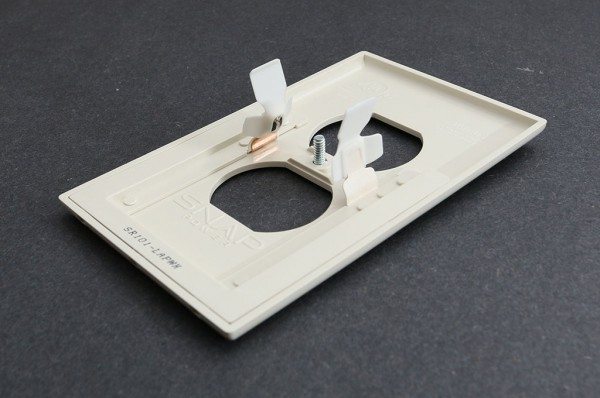
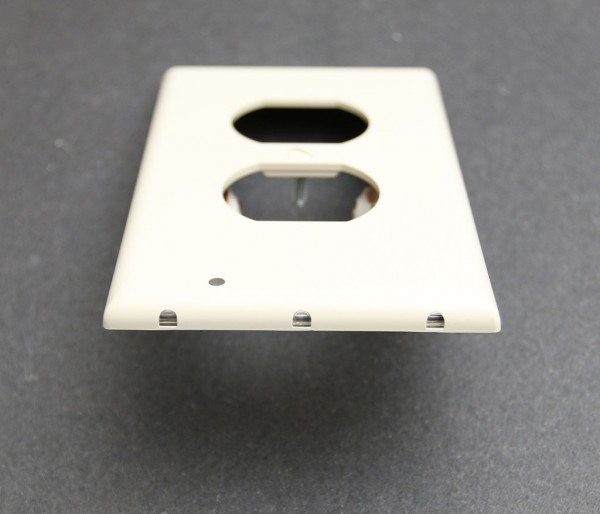
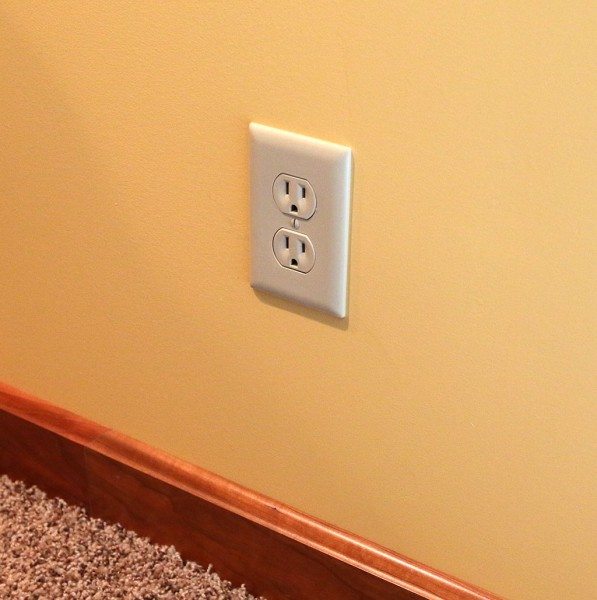
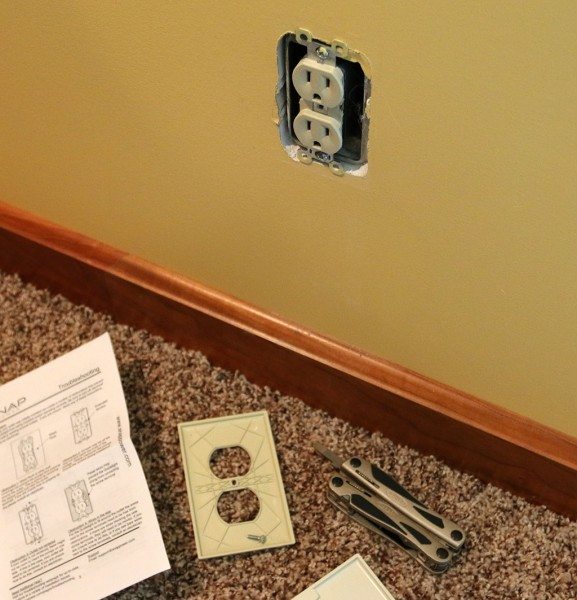
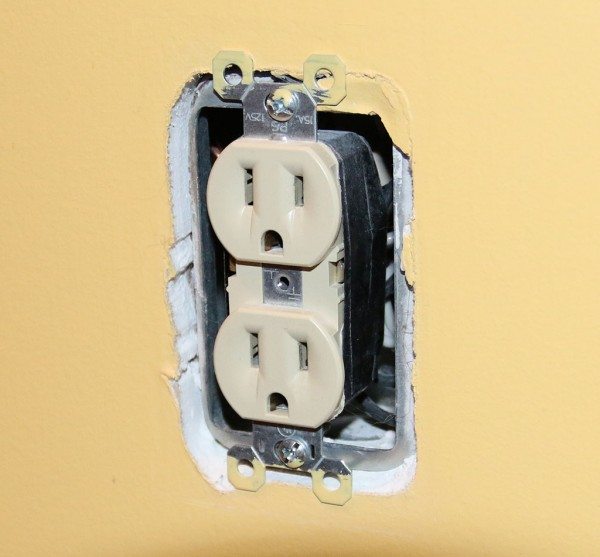
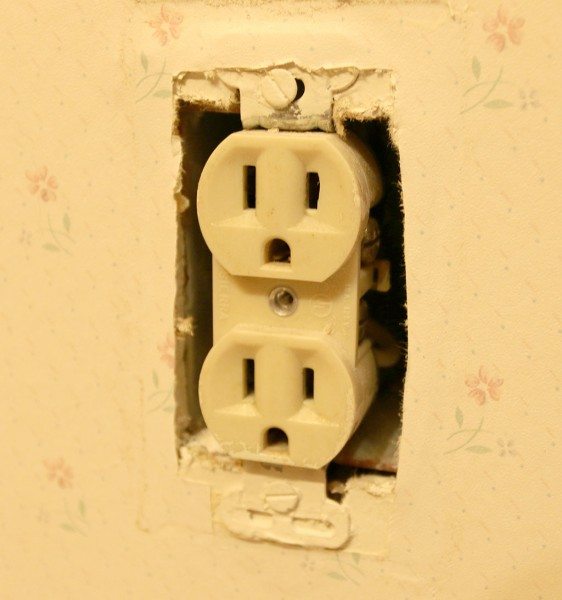
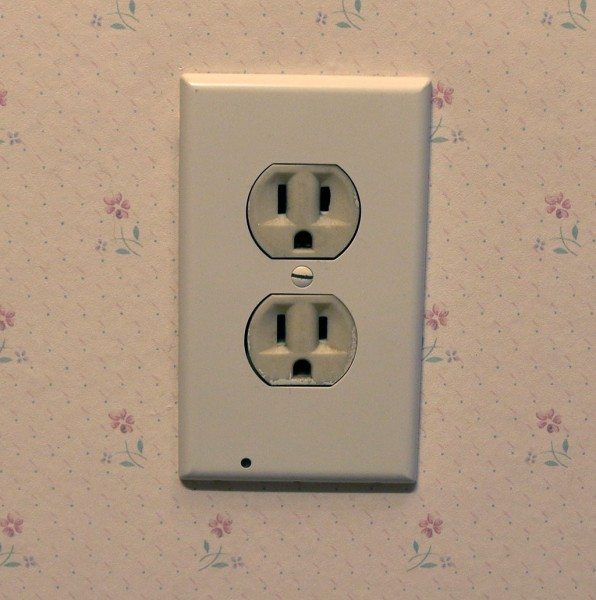
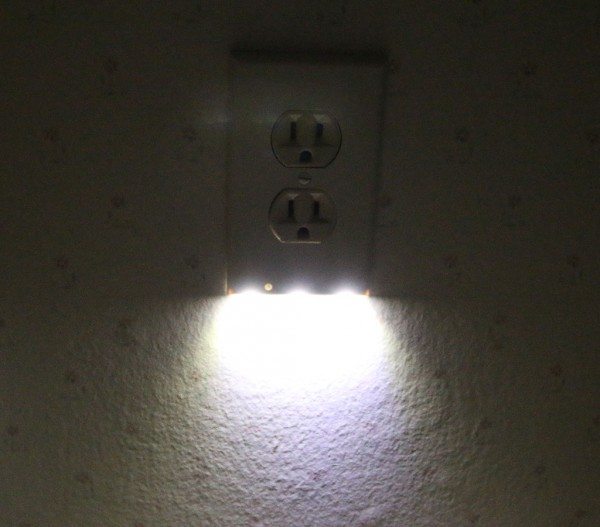


Gadgeteer Comment Policy - Please read before commenting
I really like these. I just hope after manufacture gets underway we can get them to about the $3-$4 range. I would LOVE to put in a few dozen of these. It’s just not fiscally viable for me to do it at this point. However I LOVE the idea.
+1 for the SnapRays. I also funded the SnapRay’s Kickstarter project, and received mine a few weeks ago. I’ve installed two so far; one in the front hall and one in the hallway leading to the front bedroom. They work great, and installation was easy (although I did turn off the power to the outlet because I had to pull the sockets out and tighten the screws down so the SnapRay would fit properly).
@Gordon I don’t advocate NOT turning off the power first. If I had to do anything more than remove the existing cover plate and putting the SnapRay in place, I would have turned it off. 🙂
Damn! I use a nightlight only in the bathroom which has an interrupter switch. 🙁
@Sandee what is an interrupter switch?
@Julie, @Sandee is referring to a GFCI…Ground Fault Circuit Interrupter…circuit. SnapRays cannot be used with GFCI outlets.
One note, the first batch of SnapRays can turn on in a well-lite room when no direct sunlight hits the photoelectric sensor. The circuitry simply uses the PE to inversely power the LEDs so that as a room gets brighter the LEDs get dimmer.
@Bill I don’t think mine has that feature. They are either on or off…
@Julie
Interrupter switches are those outlets with two buttons, usually red and black.
http://www.globalindustrial.com/p/electrical/plugs-receptacles/Grn-Fault-Protection/leviton-7599-li-smartlockpro-ground-fault-circuit-interrupter-recpt-ivory?infoParam.campaignId=T9F&gclid=CjkKEQjwrLSdBRDYvIL0soO4vo0BEiQABALkqXsXECwFYkO2J3xh0Pmxvu2G9f4ehcy7PrSz8LPqAUbw_wcB&gclsrc=aw.ds
They act like little circuit breakers but right at the outlet.
They are mandatory in NYC for bathrooms and near sinks for kitchens.
Anywhere an electrical appliance could fall into water, short circuit, and cause a problem.
@Julie, my understanding is that only a portion of the initial production run suffered from the problem I described.
@Sandee, GFCI outlets are required almost universally from coast to coast. I need to look it up but they may even be part of the national building code. They are about saving lives as opposed to preventing “problems”. The minute a ground fault is detected the circuit breaks, preventing accidental electrocutions.
GFCI’s are usually required in basements, outside, and within 5 feet of a wet area such as a tub, sink, etc. My bathroom has two outlets outside the 5 ft rule that are standard outlets.
@Julie I wouldn’t have turned off the power had I been able to just snap the SnapRays in place, but the side screws on the outlet protruded too much and I had to fix those (these outlets were installed using the push-in wire slots on the back so the side screw connections were never used)
Next should be a snap power outlet that has a proximity detector built-in so it lights for 5 minutes or so only when you are near it.
Thanks for giving this reivew/guide with detailed photos. I most appreciate the updates years later.
Glad to hear the house hasn’t burned, because sparks are my main worry.
Thanks again.
Nope, no sparks. Still working great 🙂